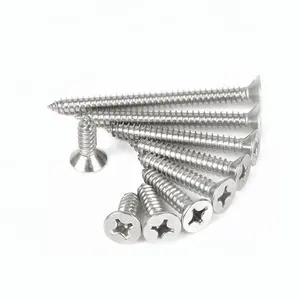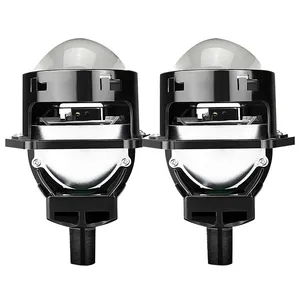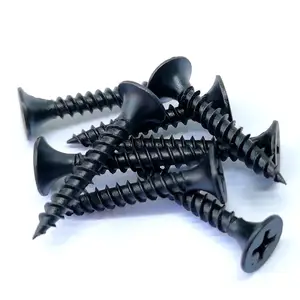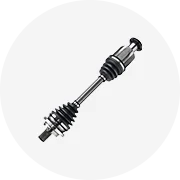Популярное в вашей отрасли



































































































































































































































Самые популярные категории
О винт 90 мм
Подарите своему двигателю выдающийся вид. винт 90 мм доступен на Alibaba.com, и он дает вам максимальную производительность. Эти. винт 90 мм предлагает удивительные предложения, которые гарантируют, что ваша работа не будет остановлена, когда потребуется замена. Файл. винт 90 мм доступны в разнообразном ассортименте, который гарантирует, что независимо от ваших потребностей вы всегда получите наиболее подходящее для ваших требований.
. винт 90 мм производятся с использованием прочных материалов и инновационных изобретений, которые делают их очень прочными. На протяжении всей своей долгой жизни они предоставляют вам отличный сервис и надежность. Файл. винт 90 мм идеально разработаны с использованием передовых технологий, которые повышают эффективность за счет плавного согласования с движком. С каждой совершенной покупкой вы всегда будете получать самые популярные. винт 90 мм, потому что на сайте указаны только сертифицированные продавцы и надежные дистрибьюторы.
Изучите Alibaba.com и изучите широкий спектр. винт 90 мм, чтобы вы могли выбрать наиболее подходящий для вас вариант. В зависимости от технических характеристик вашего двигателя вы найдете наиболее подходящий вариант, соответствующий вашим потребностям. Воспользуйтесь невероятными предложениями для. винт 90 мм оптовикам и поставщикам и убедитесь, что ваши деньги оптимальны.


































